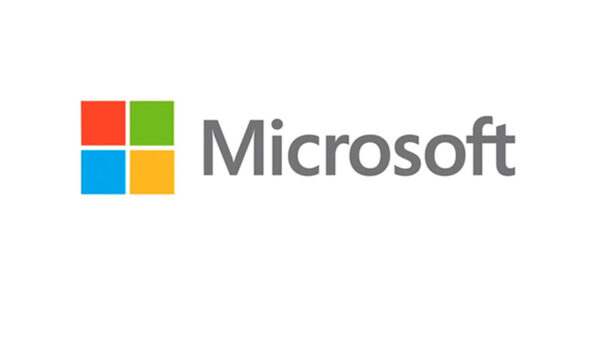By Hemant Jain, Fortinet
It’s no secret that most DNS reflection attacks flooding the Internet today are caused by spoofing the source address. SYN floods, for example, are spoofed TCP floods, in which the source of the IP packets appears to be different than their actual origin. And according to industry statistics, SYN floods are the second most popular DDoS infrastructure attack vector, comprising around 15 percent of all attacks.
Similarly, UDP and ICMP floods are attacks that are also easily spoofed. UDP floods, in fact, represent the highest percentage of protocols used for DDoS attacks, hovering at around 30 percent.
The same is true for cloud data centers that house numerous Internet-facing servers. If these servers are compromised, they too can send spoofed packets.
Now, if these kinds of attacks are so serious, one would think that ISPs would simply stop them at the source. All ISPs know their customers’ network addresses and in theory, can easily enforce anti-spoofing policies on all packets.
Also, while ISPs may not typically be the primary targets of an attack, it’s certainly within the realm of possibility. Among other things, the benefit to ISPs would include reduced bandwidth and related costs, as well as having imminent threats filtered out by other ISPs. Ideally, the benefits would be enough to compel an increase in social cooperation and collective responsibility throughout the industry.
In short, if all ISPs regularly blocked spoofed packet egress from their network to their peers, the world would be a safer and more peaceful place.
Then why don’t they do it? Well, for several reasons.
The primary reason is related to the architecture of the Internet routers. High speed routers that face the Internet are designed to forward packets with the lowest latency. In a sense, it would be like requiring car registration verification for every car on the freeway entrance – a move that would potentially bring traffic to a standstill.
Likewise, unless ISPs implement more expensive routers, Internet traffic would almost definitely experience severe latency if anti-spoofing was conducted at the edge.
Additionally, the effort requires provisioning every router with its own anti-spoofing list, which in turn, makes the security process specific to every router. Not surprisingly, this also increases costs while further complicating centralized management.
There is, of course, a beacon of light in this dim tunnel. Fortinet’s FortiDDoS protects from such spoofed packets via its hardware anti-spoofing engine for TCP as well as numerous granular controls available for other protocols.
But until the cloud data centers and ISPs figure out a strong and plausible economic business case for anti-spoofing at egress and ingress respectively, the customers will need to rely on 3rd party solutions to mitigate DDoS attacks.


















































































































